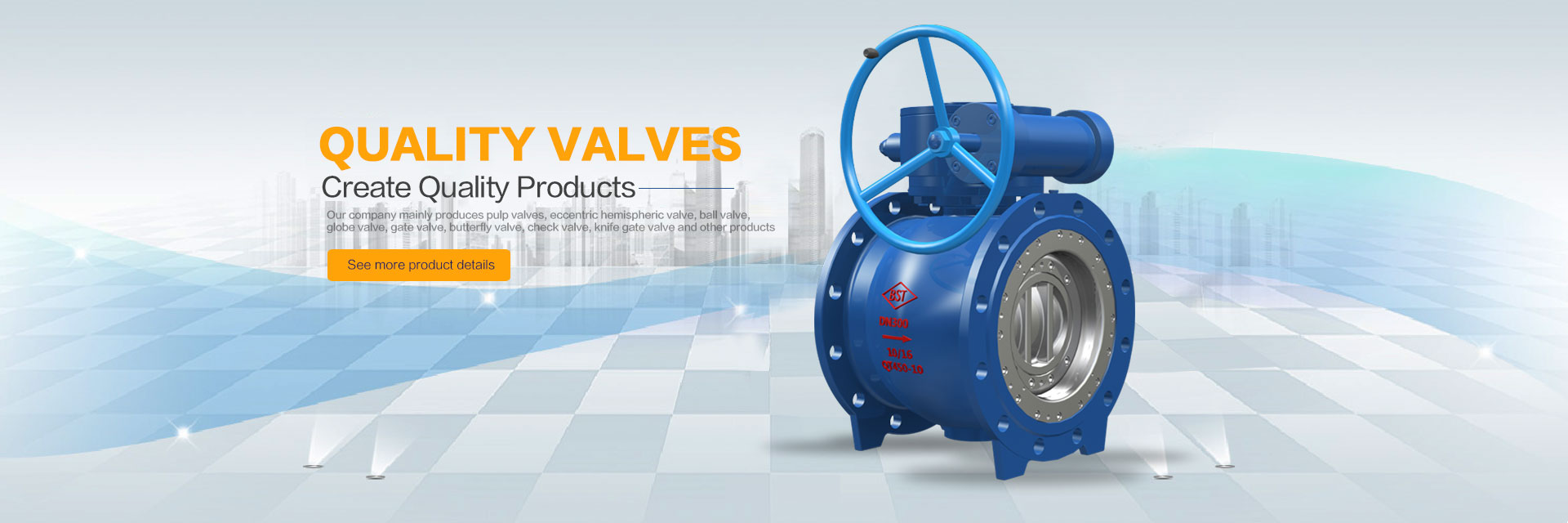The corresponding method is adopted to control the deformation in a small range as far as possible
Heat treatment technology is an important means to obtain good properties of various metal materials.In many practical applications, reasonable selection of materials and various forming processes can not meet the mechanical properties, physical properties and chemical properties of metal workpiece, then heat treatment process is essential.
But in addition to the positive role of heat treatment technology, in the process of treatment will inevitably produce more or less deformation, which is mechanical processing must be avoided, the two are coexistence and need to avoid the relationship, can only be used to control the deformation as small as possible.
I. measurement and control of temperature
There are many kinds of heat treatment processes in industrial applications, but their basic processes are all thermal processes, which are composed of three stages: heating, heat preservation and cooling.The whole process can be described by several parameters such as heating rate, heating temperature, holding time, cooling rate and heat treatment period.
In the heat treatment process, to use a variety of heating furnace, the metal heat treatment is carried out in these heating furnace (such as basic heat treatment annealing, quenching, tempering, chemical heat treatment carburizing, carburizing, aluminizing, chromizing or dehydrogenation, deoxygenation, etc.).Therefore, the temperature measurement in the heating furnace becomes an important process parameter measurement of heat treatment.
Temperature is an important part of every heat treatment process specification.If the temperature measurement is not accurate, the heat treatment process specification can not be implemented correctly, resulting in product quality decline or even scrap.The measurement and control of temperature is the key to the heat treatment process and the key to the deformation.
2. Temperature-controlled normalizing or isothermal annealing
High normalizing hardness, mixed crystal, large amount of sostenitic or weissner structure will increase the deformation of the inner hole, so it is necessary to use temperature-controlled normalizing or isothermal annealing to treat the forging.Normalizing, annealing and tempering of metal before quenching will have a certain influence on the final deformation of metal, which directly affects the change of metal structure.
It is proved by practice that the isothermal quenching can make the metal structure more uniform and reduce the deformation.
3.Reasonable cooling methods
The influence of cooling process on metal deformation after quenching is also an important reason for deformation.The quenching deformation of hot oil is smaller than that of cold oil, generally controlled at 100℃±20℃.The cooling capacity of the oil is also critical to deformation.The stirring mode and speed of quenching affect the deformation.
The faster the cooling rate of metal heat treatment, the more uneven the cooling, the greater the stress, the greater the deformation of the mold.Under the premise of ensuring the hardness requirements of the mold, precooling can be used as far as possible;The use of fractional cooling and quenching can significantly reduce the thermal stress and microstructure stress generated during metal quenching and is an effective method to reduce the deformation of some workpiece with more complex shape.Isothermal quenching can be used to reduce deformation of the workpiece with high precision or complexity.
4.Reasonable part structure
During the cooling process of metal after heat treatment, the thin part always cools quickly, while the thick part cools slowly.In order to reduce the distortion and cracking tendency in the transition zone due to stress concentration, the workpiece thickness disparity should be minimized and the section of valve parts should be uniform.
The workpiece should keep the symmetry of structure and material composition and structure as far as possible to reduce the distortion caused by uneven cooling.The workpiece should try to avoid sharp edges, grooves, etc., in the thickness of the workpiece at the junction, steps to have a rounded corner transition;To minimize the structural asymmetry of holes and grooves in the workpiece;Non - uniform thickness parts using the method of reserved processing.
5. reasonable clamping method and fixture
Objective to make the workpiece heating and cooling evenly, in order to reduce the thermal stress balance, uneven organization stress, to reduce the deformation, can change the clamping way, plate parts and oil surface vertical, shaft parts vertical installation, using compensation gasket, supporting gasket, superposition gasket, spline hole parts can be carburized spindle.
6. mechanical processing
When heat treatment is the last working procedure of the workpiece processing, the allowable value of heat treatment distortion should meet the specified size of the workpiece on the drawing, and the amount of distortion should be determined according to the machining size of the previous working procedure.Therefore, according to the distortion law of the workpiece, the size should be pre-corrected before the heat treatment, so that the heat treatment distortion is within the qualified range.
When heat treatment is an intermediate process, the machining allowance before heat treatment shall be considered as the sum of machining allowance and heat treatment distortion.In general, machining allowance is easy to determine, but heat treatment due to the impact of more complex factors, so leave enough machining allowance for machining, the rest can be used as heat treatment allowable distortion.After heat treatment, reprocessing, according to the deformation law of the workpiece, the application of anti-deformation, shrinkage end pre-expansion hole, improve the pass rate of deformation after quenching.
7. the use of appropriate media
Under the premise of ensuring the same hardness requirements, try to use the oil medium, experiment and practice have proved that under the premise of no difference in other conditions, the oil medium cooling rate is slower, while the water medium cooling rate is relatively faster.Moreover, compared with oil medium, water temperature change has a greater impact on the cooling characteristics of water medium. Under the same heat treatment conditions, the deformation of oil medium after quenching is relatively small compared with water medium.









